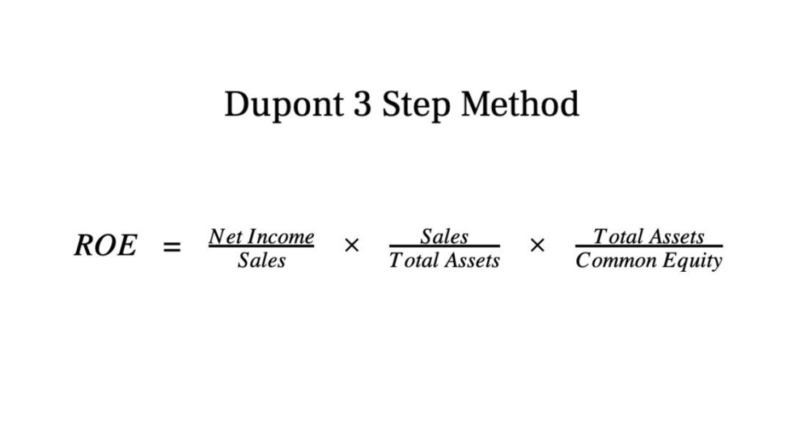
It lists the farm’s assets, liabilities, and owner’s equity, offering a comprehensive view of what the farm owns and owes. Assets are typically categorized as current (cash or assets that can be converted into cash within a year) or non-current (long-term assets like land and equipment). Liabilities are similarly divided into current (debts due within a year) and long-term obligations.

Wave: Best Free Accounting Software for Part-time or Hobby Farmers
Equipped with a https://www.bookstime.com/articles/how-to-record-a-credit-sale deep understanding of farm accounting principles, they facilitate comprehension of concepts like depreciation, amortization, and income tracking. Preparation of financial statements is another crucial task that farm accountants handle. These documents offer a snapshot of the farm’s financial health and play a significant role in the lender’s decision to approve or deny a loan. Their broad understanding of the financial intricacies of farming operations makes them a vital partner for farmers, ensuring the financial health and sustainability of the farm.

From Seeds to Sale: Accounting for Farming Operations

It’s important to record any losses in your accounts because it will reduce your overall tax bill; You cannot be taxed on something that’s been destroyed or on a small business profit that you haven’t made. Recording stock changes is imperative to have a healthy account of your farming business. The government adheres to their time frames when it comes to classifying animals into maturity groups. If livestock is born late, early, or out-of-season, they run the risk of not being compliant with the government’s livestock age standards. If you accounting for farms don’t carefully plan livestock breeding with the government’s age timetables in mind, you could quickly end up with a huge accounting headache. Both the direct and indirect costs that go into the growing of crops accumulate until the crop is harvested.
Cost Center

The importance of proper accounting for agriculture business and farming is difficult to understate. As with other businesses, having your books in order and your cash flow accounted for is imperative to maintain good standing with the IRS. By assessing the worth https://www.instagram.com/bookstime_inc of tangible and intangible assets, they provide a comprehensive estimation of a farm’s value, critical during sales or inheritance planning. Valuing livestock and farming equipment forms a substantial part of a farm’s overall valuation.
As defined by Accounting Standards, crops are grains, vegetables, fruits, berries, nuts, and fibers. Production animals are defined as animals that provide a service or primary product other than their offspring. Examples of production animals include dairy cows for milk, poultry for meat and eggs, and sheep for meat and wool. Their roles span the spectrum of financial management, from day-to-day bookkeeping and developing efficient record-keeping systems to offering strategic financial advice and performing tax planning. With the farm accountant’s guidance, farms can navigate this process more smoothly, ensuring a successful transition to the new generation of farm management.
- Whether it be machine-learning software that can build the best planting strategy or an upgraded tractor that requires little maintenance, it is always a good idea to invest in technology.
- Your farm’s income statement (aka profit and loss) allows you to determine whether the farming operation is making money.
- Business resource planning software will be designed for your farm to increase productivity throughout all phases of management.
- Post-harvest costs are usually estimated, accrued, and allocated to the harvested crop.
- Effective tax planning ensures efficient cash flow management, thereby fostering the farm’s long-term financial stability.


